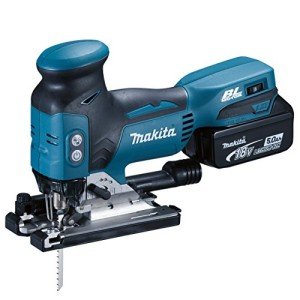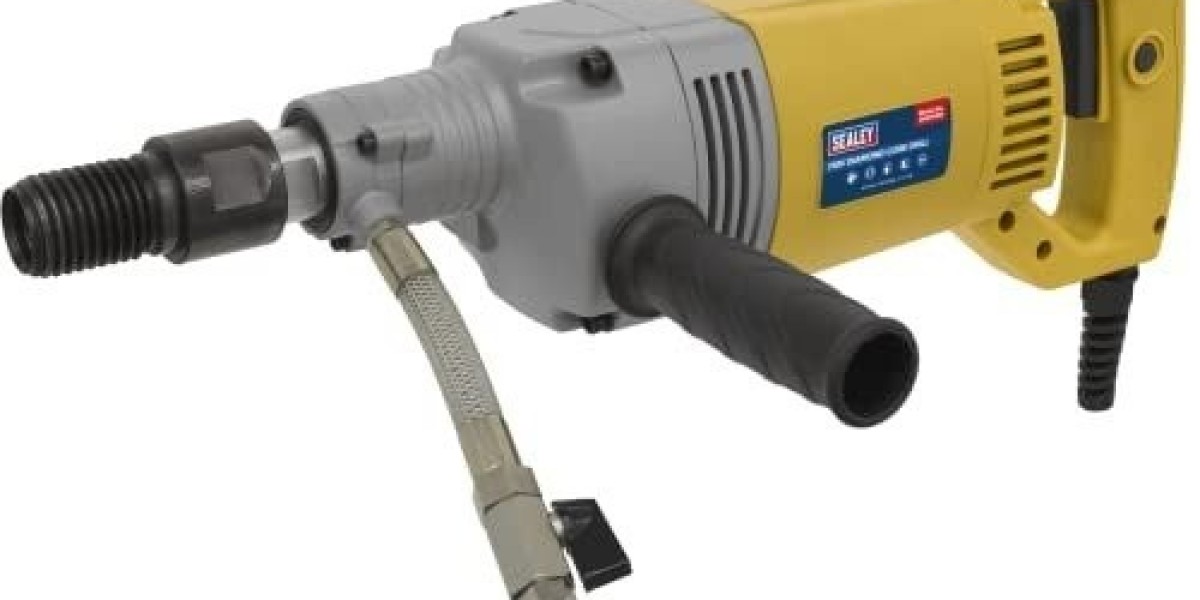In the realm of modern craftsmanship, power tools have revolutionized the way we build, repair, and create. From the humble drill to the sophisticated laser cutter, these tools have become indispensable in both professional and DIY settings. This guide aims to provide a comprehensive overview of power tools, their types, uses, and safety considerations, making it a valuable resource for both novices and seasoned professionals.
What Are Power Tools?
Power tools are electric or pneumatic devices designed to perform a wide range of tasks, from drilling and cutting to sanding and fastening. They are powered by electricity, batteries, or compressed air, and are used in various industries, including construction, woodworking, metalworking, and automotive repair. The versatility and efficiency of power tools have made them a staple in workshops and job sites worldwide.
Types of Power Tools
1. Electric Power Tools
Electric power tools are the most common and versatile type. They can be further categorized into corded and cordless tools.
Corded Electric Tools: These tools are powered by a direct electrical connection and are ideal for continuous, heavy-duty use. Examples include:
- Drills: Used for making holes in various materials.
- Circular Saws: Used for making straight cuts in wood and other materials.
- Jigsaws: Used for making curved and intricate cuts.
- Sanders: Used for smoothing surfaces.
- Routers: Used for shaping edges and cutting grooves.
Cordless Electric Tools: These tools are battery-powered and offer greater mobility and convenience. They are perfect for tasks where a power outlet is not available. Examples include:
- Cordless Drills: Highly portable and versatile.
- Cordless Impact Drivers: Used for driving screws and bolts.
- Cordless Circular Saws: Ideal for on-the-go cutting tasks.
2. Pneumatic Power Tools
Pneumatic power tools are powered by compressed air and are known for their high torque and durability. They are commonly used in industrial settings and for tasks that require significant force. Examples include:
- Air Compressors: Used to generate and store compressed air.
- Impact Wrenches: Used for tightening and loosening nuts and bolts.
- Air Hammers: Used for driving nails and breaking concrete.
- Air Sanders: Used for sanding and polishing surfaces.
3. Hydraulic Power Tools
Hydraulic power tools use hydraulic fluid to generate force and are primarily used in heavy-duty applications. They are known for their immense power and precision. Examples include:
- Hydraulic Jacks: Used for lifting heavy loads.
- Hydraulic Presses: Used for pressing and forming materials.
- Hydraulic Shears: Used for cutting through thick metal.
Key Features of Power Tools
1. Power Source
- Electric: Corded or cordless, offering different levels of mobility and power.
- Pneumatic: Powered by compressed air, suitable for high-torque applications.
- Hydraulic: Uses hydraulic fluid for heavy-duty tasks.
2. Safety Features
- Automatic Shut-Off: Prevents accidental operation.
- Dust Collection Systems: Reduces dust and debris.
- Variable Speed Control: Allows for precise control over the tool's speed.
- Safety Guards: Protects the user from moving parts.
3. Ergonomics
- Weight: Lightweight tools are easier to handle for extended periods.
- Grip: Comfortable and non-slip grips reduce fatigue.
- Balance: Well-balanced tools improve control and accuracy.
Common Power Tools and Their Uses
1. Drills
- Uses: Drilling holes, driving screws, and mixing materials.
- Types: Corded, cordless, and hammer drills.
- Tips: Choose a drill with a keyless chuck for quick bit changes and a variable speed trigger for better control.
2. Saws
- Uses: Cutting wood, metal, and other materials.
- Types: Circular saws, jigsaws, miter saws, and reciprocating saws.
- Tips: Use the right blade for the material you are cutting and wear safety goggles to protect your eyes.
3. Sanders
- Uses: Smoothing surfaces and removing material.
- Types: Orbital, belt, and random orbit sanders.
- Tips: Start with a coarse grit and work your way to a finer grit for a smooth finish.
4. Routers
- Uses: Shaping edges and cutting grooves.
- Types: Fixed-base and plunge routers.
- Tips: Use a router table for more control and accuracy.
5. Impact Wrenches
- Uses: Tightening and loosening nuts and bolts.
- Types: Corded, cordless, and pneumatic.
- Tips: Choose a wrench with a high torque rating for heavy-duty tasks.
Safety Considerations
1. Personal Protective Equipment (PPE)
- Goggles: Protect your eyes from flying debris.
- Ear Protection: Use earplugs or earmuffs to protect your hearing.
- Respiratory Protection: Use a mask or respirator to avoid inhaling dust and fumes.
- Gloves: Use gloves to protect your hands from cuts and abrasions.
2. Tool Maintenance
- Regular Inspections: Check for damage and wear before each use.
- Cleaning: Keep your tools clean and free of dust and debris.
- Sharpening: Sharpen blades and cutting edges regularly to maintain performance.
3. Proper Usage
- Read the Manual: Familiarize yourself with the tool's instructions and safety guidelines.
- Use the Right Tool for the Job: Choose a tool that is appropriate for the task at hand.
- Avoid Overloading: Do not exceed the tool's capacity or use it for unintended purposes.
Frequently Asked Questions (FAQs)
1. What is the difference between corded and cordless power tools?
Answer: Www.Powertoolsonline.uk Corded power tools are connected to a power source and are ideal for continuous, heavy-duty use. Cordless power tools are battery-powered and offer greater mobility and convenience, making them suitable for tasks where a power outlet is not available.
2. How do I choose the right power tool for my project?
Answer: Consider the type of material you are working with, the specific task you need to perform, and the environment in which you will be working. For example, a corded drill is suitable for heavy-duty drilling, while a cordless drill is better for portable tasks.
3. What are some essential safety tips when using power tools?
Answer: Always wear personal protective equipment (PPE), read the tool's manual, and use the right tool for the job. Regularly inspect and maintain your tools to ensure they are in good working condition.
4. Can I use a power tool for multiple purposes?
Answer: While some power tools are versatile and can be used for multiple tasks, it is generally best to use a tool that is specifically designed for the job. Using the wrong tool can lead to poor results and safety risks.
5. How do I maintain my power tools?
Answer: Regularly inspect your tools for damage, clean them after each use, and store them in a dry, protected area. Sharpen blades and cutting edges as needed and follow the manufacturer's maintenance guidelines.
Power tools have transformed the way we approach craftsmanship, offering unparalleled efficiency and precision. Whether you are a professional tradesperson or a DIY enthusiast, understanding the different types of power tools, their features, and safety considerations is essential for achieving the best results. By choosing the right tool for the job and following best practices, you can ensure that your projects are both successful and safe.
| Type of Power Tool | Common Uses | Key Features |
|---|---|---|
| Drills | Drilling holes, driving screws | Corded, cordless, variable speed control |
| Saws | Cutting wood, metal | Circular, jigsaw, miter, reciprocating |
| Sanders | Smoothing surfaces | Orbital, belt, random orbit |
| Routers | Shaping edges, cutting grooves | Fixed-base, plunge |
| Impact Wrenches | Tightening, loosening nuts and bolts | Corded, cordless, pneumatic |
By embracing the world of power tools, you open up a realm of possibilities for creativity and productivity. Whether you are building a house, renovating a room, or crafting a piece of furniture, the right power tool can make all the difference.










